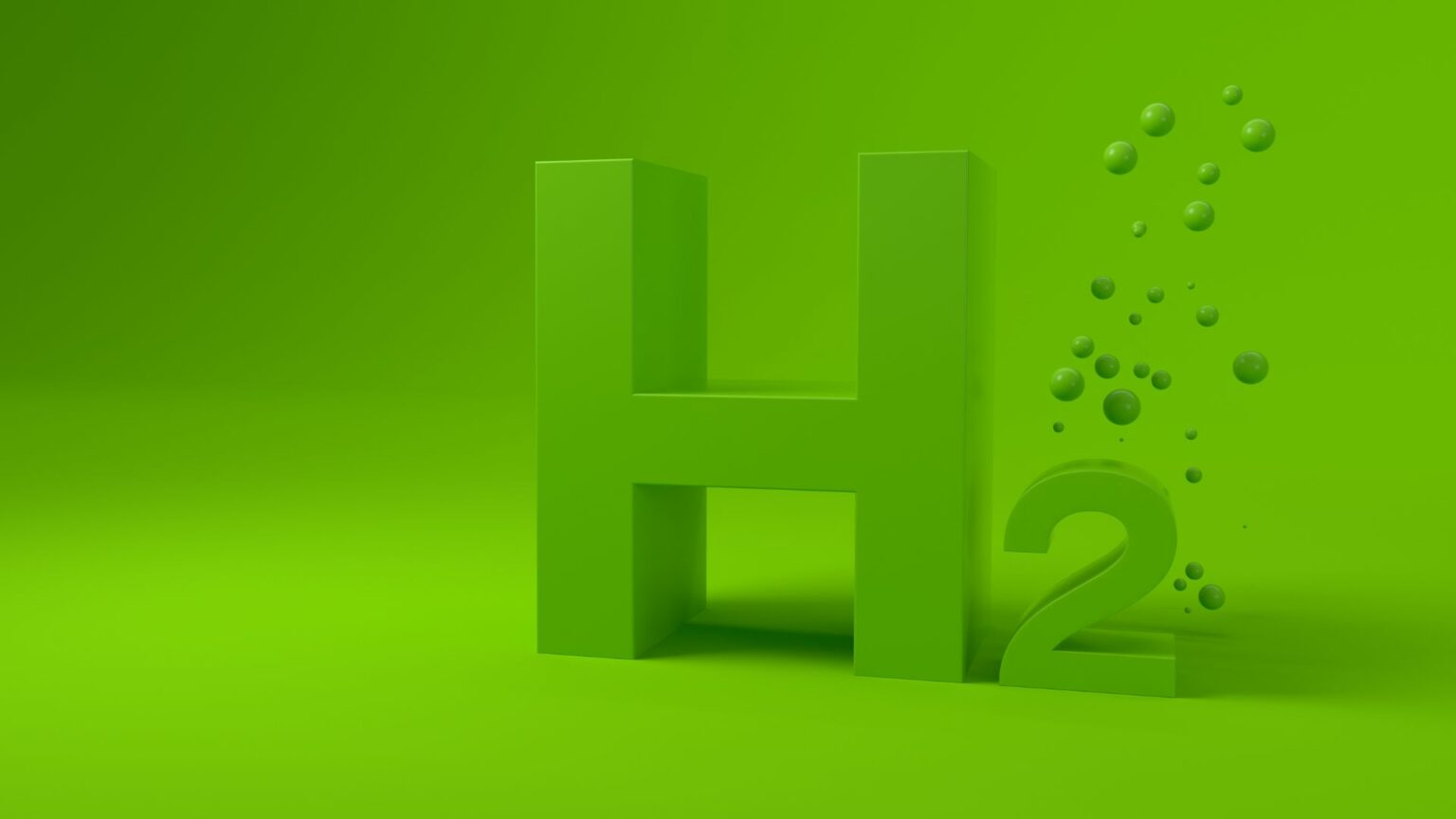Infener has made a significant investment in Villingen-Schwenningen, Germany.
This new H2 hub aims to produce green hydrogen using surplus renewable energy, positioning the city as a regional leader in the hydrogen sector. Infener AG, in collaboration with Mayor Jürgen Roth, has greenlit the construction of an innovative hydrogen hub in Villingen-Schwenningen. Scheduled to commence operations in 2026, the hub will begin with a 5 MW electrolysis capacity, scaling up to 20 MW over five years. The project, designed by Hamburg-based architecture firm Hadi Teherani and managed on-site by Schleicher, represents a €45 million investment aimed at producing approximately 2,000 tons of green hydrogen annually.
Mayor Roth emphasized the strategic importance of hydrogen as a key element in future energy supply, particularly for regional logistics, transport, and industrial sectors. The hub’s decentralized approach is crucial given the region’s delayed connection to a supra-regional hydrogen pipeline, not expected until 2040.
The hydrogen hub’s planned output of 2,000 tons per year places it among significant regional projects but still far from the leading edge globally. For instance, large-scale projects like the one planned by Air Products in Saudi Arabia aim to produce around 650 tons of hydrogen per day. Infener’s incremental approach, starting with 5 MW and scaling to 20 MW, is sensible but highlights the slow pace of scaling that characterizes many European hydrogen initiatives compared to more aggressive projects elsewhere.
Germany’s hydrogen strategy targets the installation of 10 GW of electrolysis capacity by 2030. Infener’s hub will contribute to this target, albeit modestly. However, its focus on utilizing local renewable energy sources for hydrogen production is a strong point, ensuring a truly green hydrogen supply and minimizing grid strain.
Infener’s project is expected to enhance regional value creation significantly. By using surplus renewable energy and providing green hydrogen directly to local industries, the hub will help decarbonize industrial processes and the transport sector. The involvement of regional logistics companies, such as Noerpel, which plans to fuel its H2 truck and bus fleets with this green hydrogen, underscores the practical, immediate applications of the hub’s output.
The project also aims to utilize by-products of electrolysis, such as waste heat and high-quality oxygen, further enhancing its environmental benefits. Waste heat will be repurposed for heating networks or industrial processes, and the oxygen will aid in oxyfuel combustion, contributing to further decarbonization efforts.
